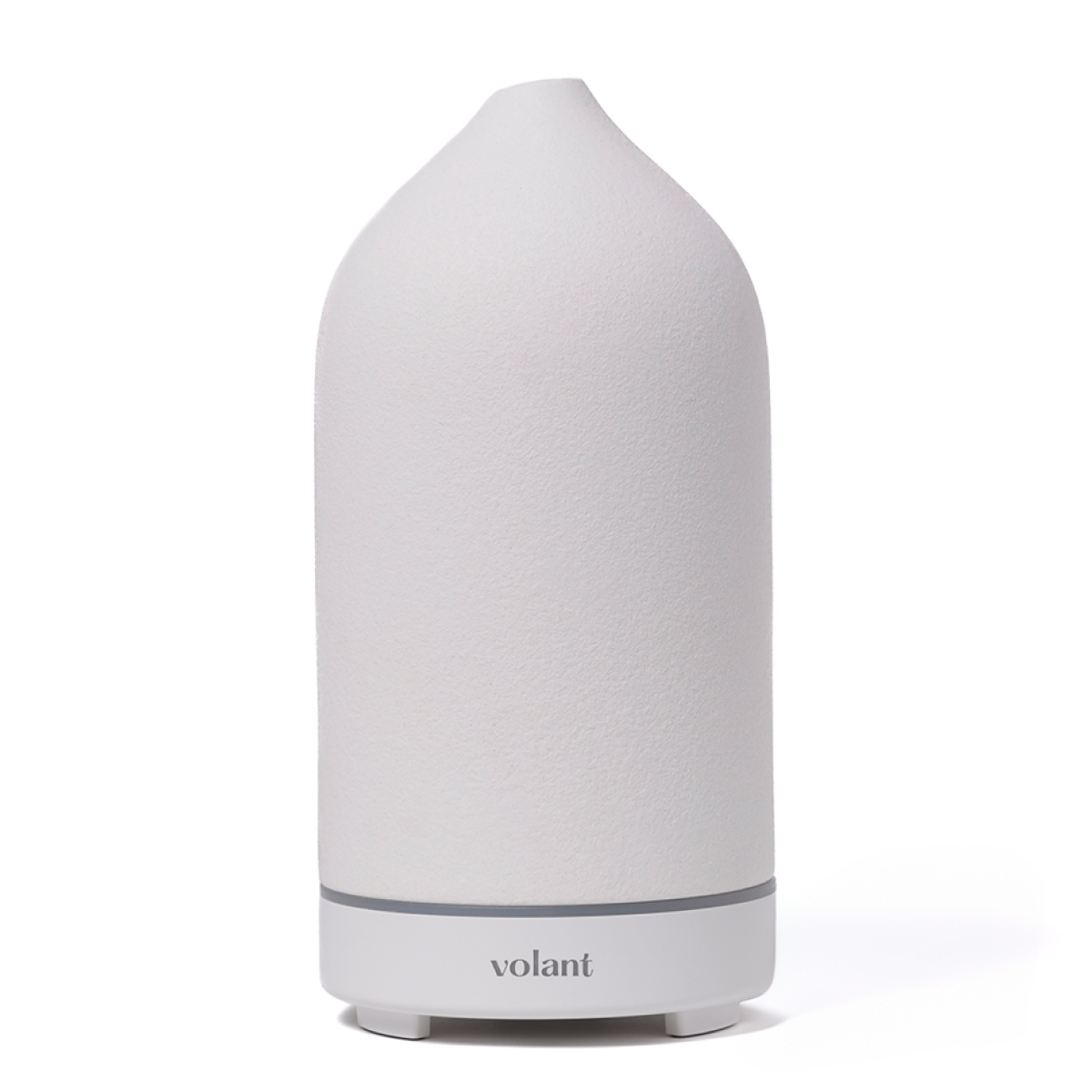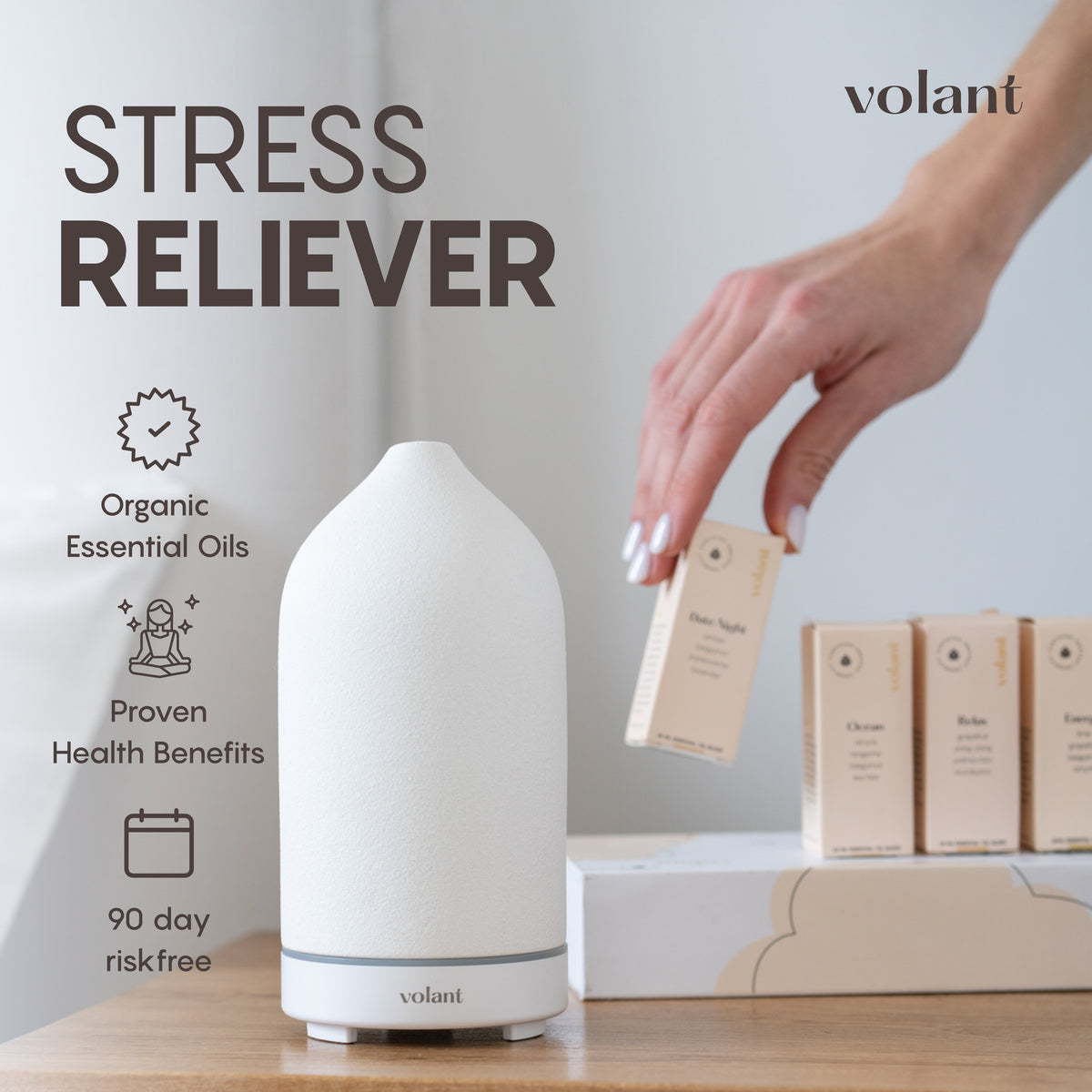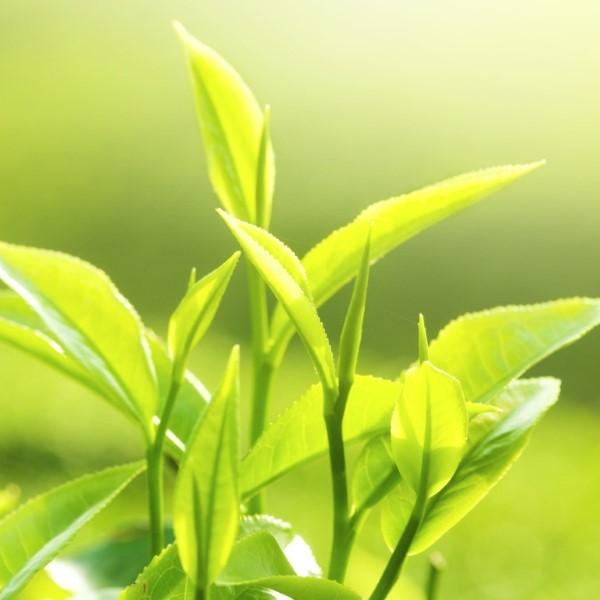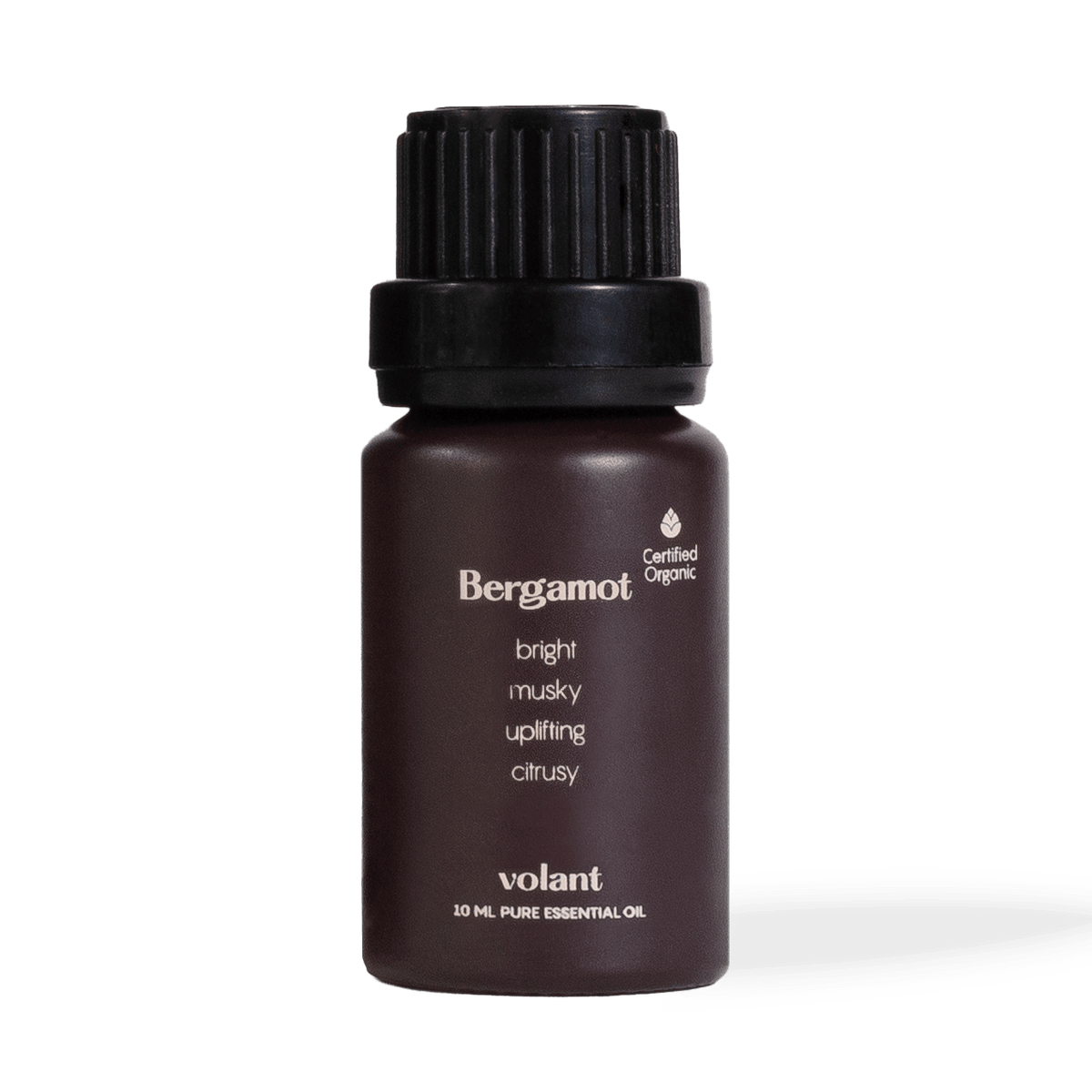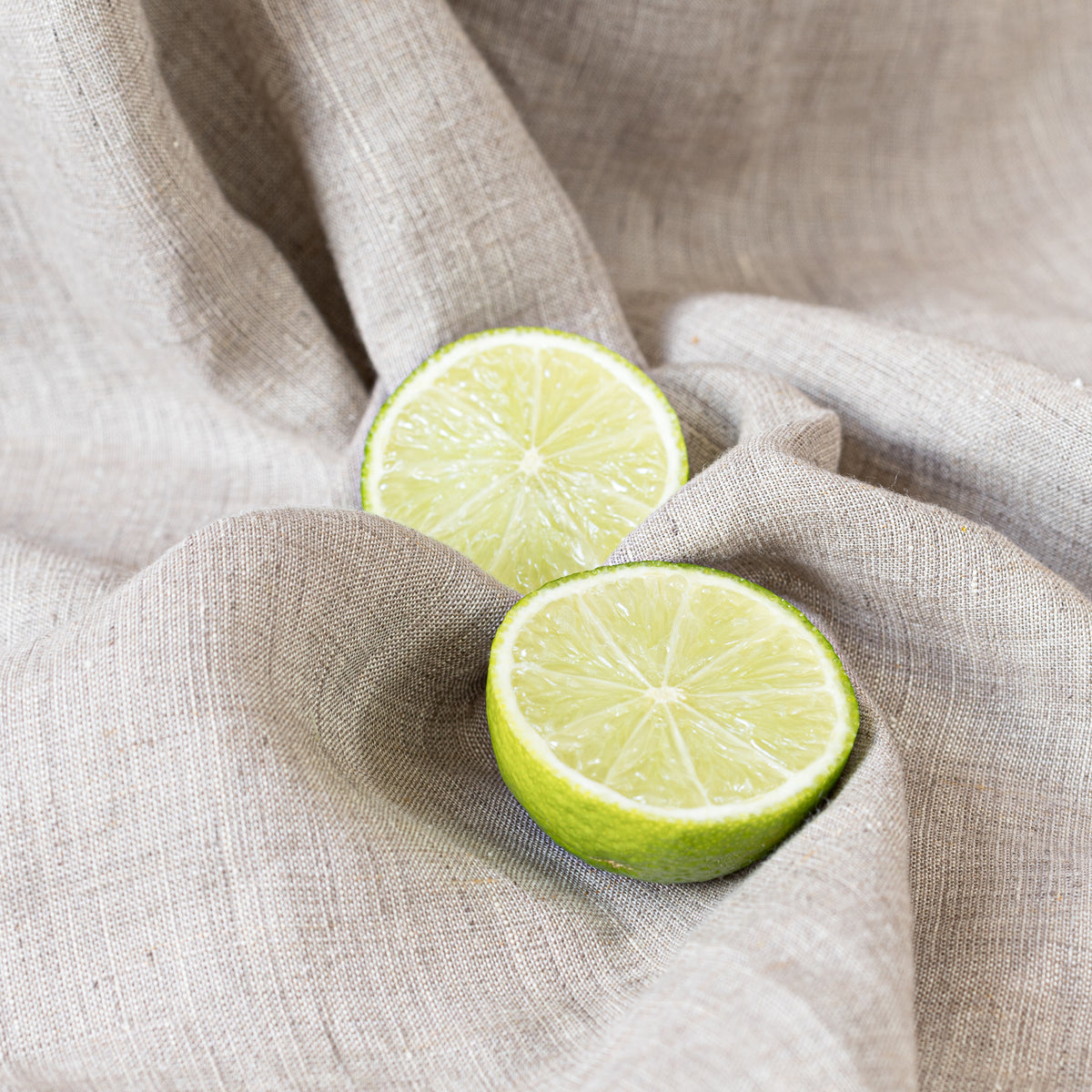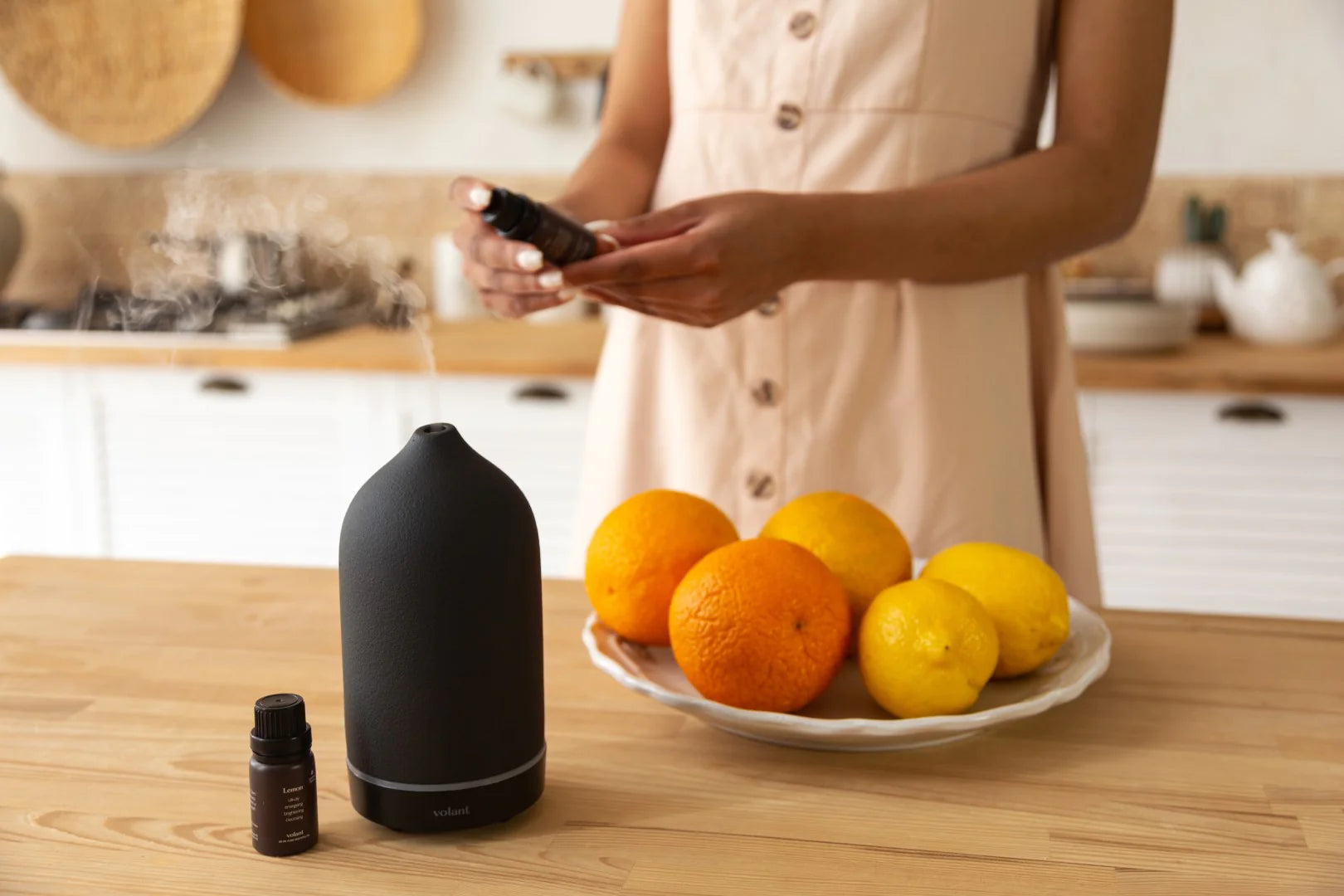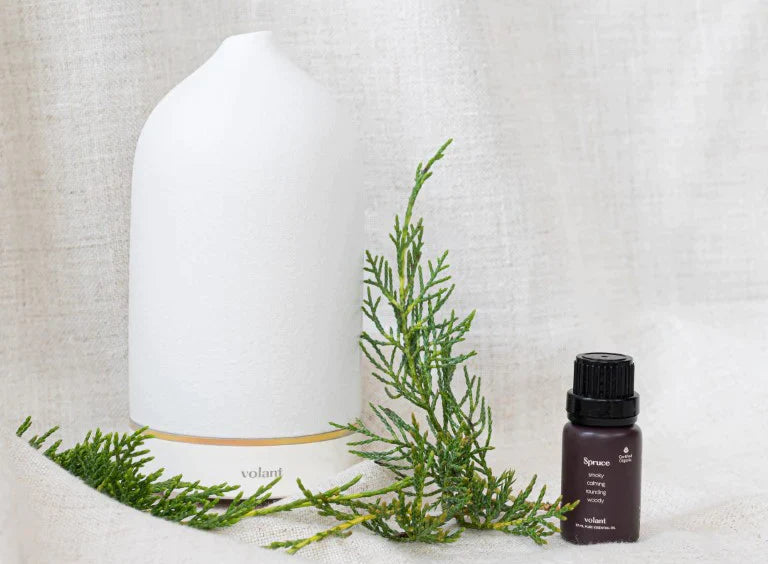Whether you’re an experienced yogi or don’t yet know your chakra from your chaturanga, you can greatly benefit from using essential oils for yoga.
From using essential oil for yoga to ground yourself and make meditational breathing easier to cleaning your mat, there’s an abundance of reasons to use these oils in your practice. Not only can they enhance your mental health and bring a sense of calm, but they can also do all this while you strengthen your body and work on your flexibility.
If you want to take your practice to the next level and get the most out of every asana, this guide is for you.
How to use essential oil for yoga
Using essential oils in your yoga sessions will unleash the many benefits that they offer. It will also turn the time you spend on your mat into more of an experience than just a simple workout.
Place a drop in the palm of your hands

Put a drop of essential oil, properly diluted with a good carrier oil, on the inner surface of your hand either before you begin your class or as you’re settling into Savasana.
Rubbing your palms together will warm and activate the oil, and then you should cup your hands over your face and inhale deeply through the nose. Release your hands to exhale and repeat this process three more times.
Spritz the room with a mist

Aromatherapy yoga isn’t complicated. Blending essential oils together and adding them to a carrier liquid like water before adding them to a spray bottle is a brilliant way to reap their benefits while you’re doing your downward dog.
You can also spice up your routine by adding an essential oil yoga mat spray to the mix. Blend oils for specific outcomes, like increased energy or deeper calm, and mist your mat with it before you start your surya namaskar.
Use a diffuser

One of the easiest ways to incorporate oils into your at-home practice is to invest in a diffuser. It will get the job done quietly while you absorb the advantages of each asana and bolter your bandhas.
Add essential oils to eye pillows

Although certain eye pillows contain dried lavender and fillers like buckwheat or flax, they tend to lose their scent after prolonged use. Revive them with a drop of lavender essential oil, pop them over your eyes and lose yourself in Savasana.
Use an essential oil spray to clean your mat

For a quick-working essential oil yoga mat cleaner, blend antibacterial essential oils with a quarter cup of witch hazel or white vinegar and spray and wipe your mat after each class.
Make sure that it is safe to use essential oils on the brand of mat you use and take advantage of the clean, sanitized space the next time you practice.
Top antibacterial choices include eucalyptus, lemongrass, orange, peppermint and tea tree essential oil.




